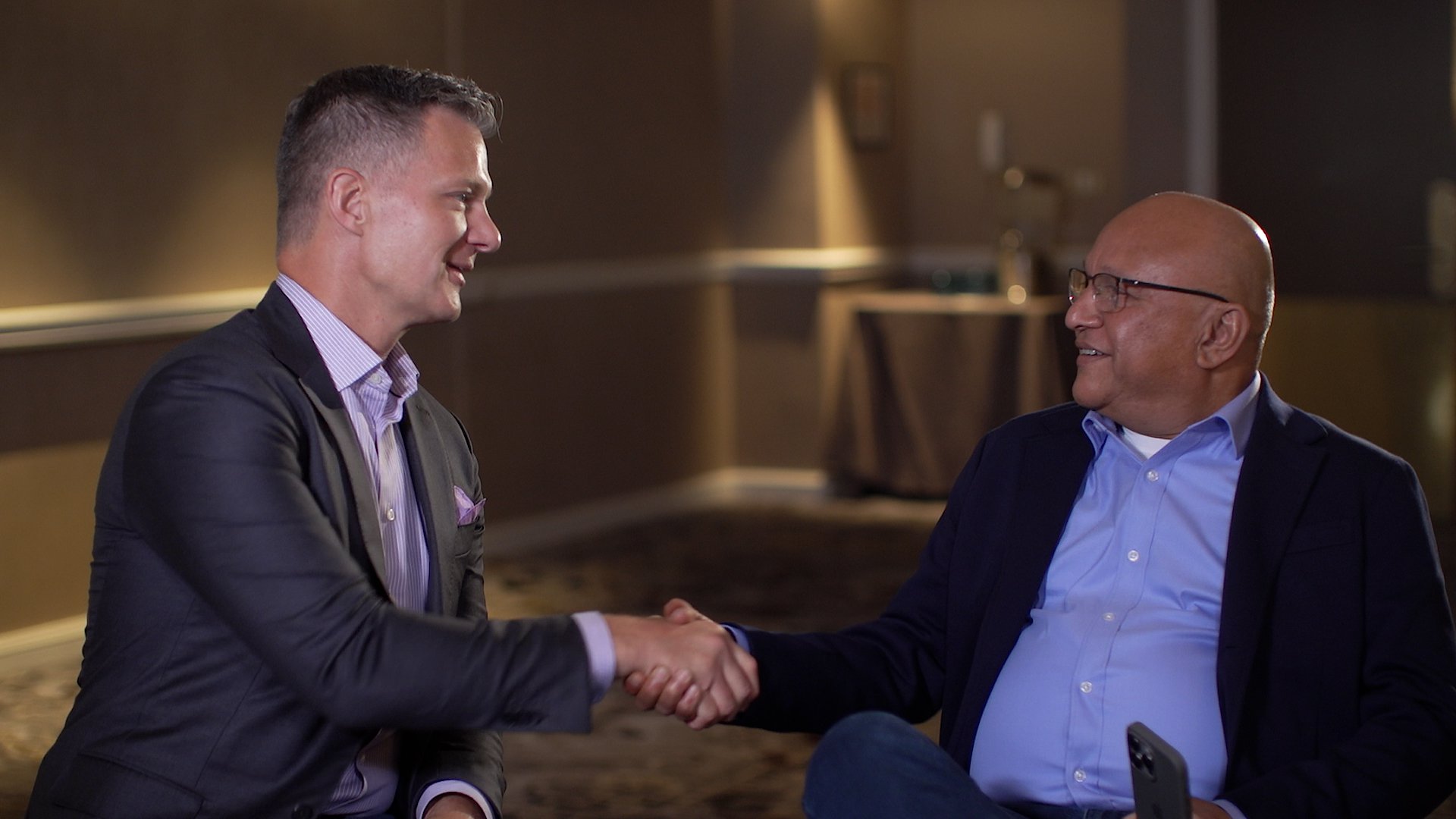- Services
Technology Capabilities
Technology Capabilities- Product Strategy & Experience DesignDefine software-driven value chains, create purposeful interactions, and develop new segments and offerings.
- Digital Business TransformationAdvance your digital transformation journey.
- Intelligence EngineeringLeverage data and AI to transform products, operations, and outcomes.
- Software Product EngineeringCreate high-value products faster with AI-powered and human-driven engineering.
- Technology ModernizationTackle technology modernization with approaches that reduce risk and maximize impact.
- Embedded Engineering & IT/OT TransformationDevelop embedded software and hardware. Build IoT and IT/OT solutions.
- Industries
- GlobalLogic VelocityAI
- Insights
BlogsDecember 16, 2024Gene LeybzonAccelerating Digital Transformation with Structured AI Outputs
This code produces the following output that can be imported into the candidate trackin...
 BlogsOctober 30, 2024Yuriy Yuzifovich
BlogsOctober 30, 2024Yuriy YuzifovichAccelerating Enterprise Value with AI
Discover how financial services integrations are transforming from standalone offerings...

- About Us
Press ReleaseGlobalLogicMarch 11, 2025GlobalLogic Launches VelocityAI to Harness the Power of AI, ...
VelocityAI combines advanced AI technologies with human expertise, helping businesses r...
 Press ReleaseGlobalLogicJanuary 10, 2025
Press ReleaseGlobalLogicJanuary 10, 2025GlobalLogic Announces Leadership Change: Srini Shankar Appointed ...
SANTA CLARA, Calif.–January 10, 2025– GlobalLogic Inc., a Hitachi Group Com...

- Careers

GenAI-Enabled Agile
Pioneer innovation solutions that shape the future of software development by harnessing our expertise in GenAI practices and Agile
Transform operations by streamlining workflows, accelerating delivery, and enabling intelligent services that drive measurable impact with GlobalLogic’s proven Agile development expertise
GlobalLogic is a certified Scaled Agile Partner
How we helpGenerating Ingenuity through Enterprise Agility
GlobalLogic embraces enterprise agility in order to make your business learn faster and become more efficient. Our data-driven insights inform our agile development design and deliver greater value. Our end-to-end Agile Consulting & Implementation Services use Lean principles to improve enterprise agility.
 Our capabilities
Our capabilitiesGenAI-Enabled Agile Solutions
Creating Agile experiences that people love.
Agile Coaching and Training Program
GlobalLogic delivers specialized Agile training to support the implementation of our recommendations. Once adopted, GlobalLogic can provide coaching on a periodic basis to reinforce lessons learned.
Agile Advisory Program
Comprehensive program that includes an onsite visit, engagement with teams, post visit evaluation, and presentation of GlobalLogic advisory recommendations.
Agile Tools Assessments
An Agile tools assessment and implementation program that evaluates the current usage of Agile project management tools and recommends best practices and GlobalLogic custom-fit solutions for the organization.
Agile Product Management Workshop
A 1-2 day Agile workshop that evaluates the current development processes and includes a presentation of how GlobalLogic implements Agile Practices in a similar development environment.
Our workCase studies
Discover how we’re engineering impact with clients around the world.
View all our case studiesPioneering partnerships
Scaled SILVER Partnership
Many GlobalLogic clients are thinking about adopting SAFe or have already adopted the practice. GlobalLogic and its Scaled Agile Partnership strengthen our Agile Practice offerings, including Certified SAFe training.
0SAFe practice consultants0agile transformations0executed projectsFeatured insights
Explore fresh thinking from GlobalLogic’s strategists and engineers.
See allBlogs7 February 2023Developing a Cloud-Based Point-of-Care System: QA Lessons Learned
AgileCross-Industry White Papers25 November 2020
White Papers25 November 2020Automation Framework: Technical Documentation
In this brief white paper, we provide you with an…
Testing-as-a-ServiceCross-Industry Blogs4 November 2022
Blogs4 November 2022Empowering Teams with Agile Product-Oriented Delivery, Step By Step
Being a program owner brings many team-related challenges. If you’ve…
AgileCross-Industry FAQs
FAQsYour GenAI-Enabled Agile questions, answered
Learn more about GenAI-Enabled Agile at GlobalLogic.
-
What is GlobalLogic’s approach to Agile research and development?A core group of dedicated Agile experts continuously works on identifying new ways of using the Agile methodology to improve our client’s development processes.
-
How does GlobalLogic deliver value using Agile methodology?We deliver such value by continuous prioritization of backlog using Predictive analytics in collaboration with Gen AI technologies to increase productivity.
-
What kind of Agile solutions does GlobalLogic offer?Our Agile solutions are delivered through a variety of services:
- Requirements as a Service: Prioritizing product backlog and roadmap optimization
- Planning as a Service: Streamlining print and release planning
- Improvement as a Service: Increasing speed of delivery through continuous improvement
Get in touchLet’s start engineering impact together.
GlobalLogic provides unique experience and expertise at the intersection of data, design, and engineering.



